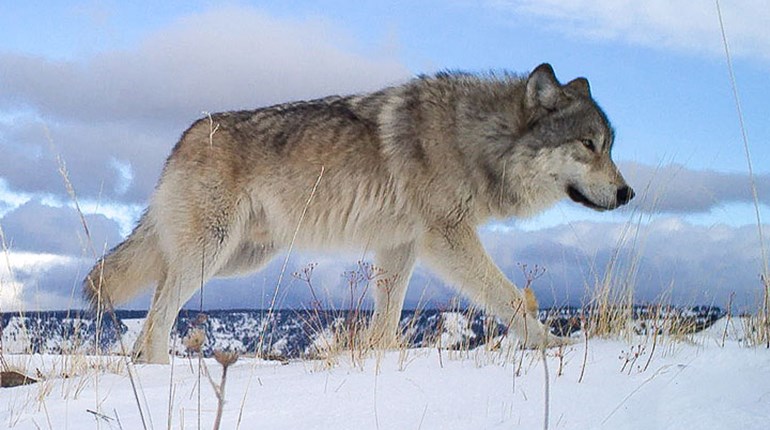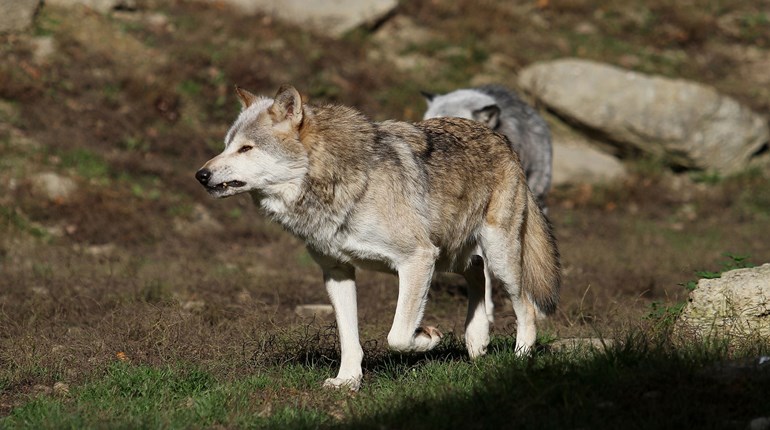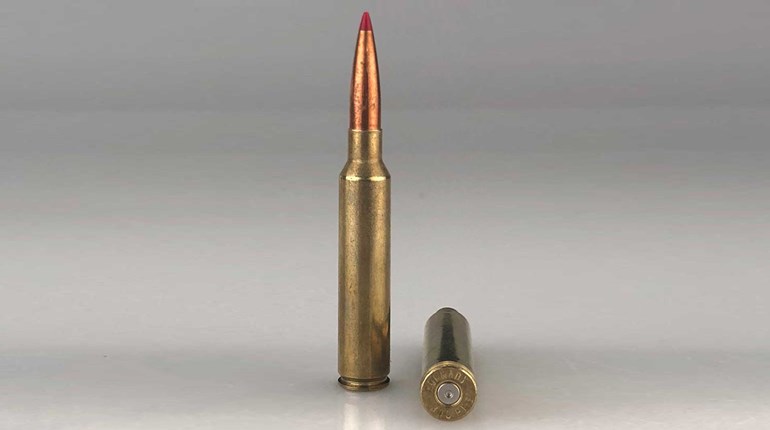In the past decade, scientific understanding of African lions has grown by leaps and bounds, and so has the conservation planning needed to protect them long-term. But to hear anti-hunters put it, the great cat is precariously close to going extinct. Although it exists in 27 countries, they say, most populations are too small and isolated from others to remain viable without protection. So on March 1, 2011, a coalition of anti-hunting groups petitioned the U.S. Fish and Wildlife Service (USFWS) to list the African lion as endangered under the U.S. Endangered Species Act (ESA).
But a comparison of rhetoric vs. science shows the move to protect the lion is based on emotion, not science. It looks like the environmentalists seek a buy-in from Americans who probably thought Panthera leo leo already was endangered. And that is precisely why American hunters should care about the second-largest cat on Earth. After all, despite use of the word “conservation” nowadays by many environmentalits, it’s really preservation they’re after, and as hunters know preservation doesn’t work on an ever-changing landscape.
Twisting the ESA
The ESA has good aspects. Since 1973, it has prevented the extinction of hundreds of imperiled species of fauna and flora. But an ESA listing does not protect foreign species like it does our own, as it applies “only to people subject to the jurisdiction of the United States,” says the Service. ESA protection would not prevent retaliatory lion killing by Africans protecting their livestock, or their lives. And it would not curb poaching or habitat loss.
It would not stop the trophy hunting of lions, but it would bar American hunters from importing lion trophies to the States, thereby creating significant loss of income to African communities and conservation. It would also open the door to hunters from other countries who do not practice our ethics. And of course it would satisfy anti-hunting groups that threaten to sue.
Enter the coalition: the Born Free Foundation, Born Free USA, Defenders of Wildlife, The Fund for Animals, the Humane Society of the United States, Humane Society International and the International Fund for Animal Welfare. The lion lives halfway across the globe: It’s likely many Americans have not noticed this move, and many more don’t care about the lion anyway. Seems like an easy target. They know that after an animal is given ESA protection, little stands in the way of a bureaucratic machine bent on carrying out orders (see: wolf).
But their “facts” are full of holes.
Depending on which organization’s fact sheet one reads, fewer than 40,000 lions exist today, or 32,000, or only 21,000. Of all the threats to the lion, they say, the one that directly involves U.S. citizens is “over-utilization for commercial or recreational purposes” (read: hunting).
The lion fact sheet from Defenders of Wildlife reads like a Disney script: “Lions within a pride are often affectionate and, when resting, seem to enjoy good fellowship with lots of touching, head rubbing, licking and purring.”
Information from other sources isn’t much better. An August 2013 article published on Weather.com reports “just seven countries in Africa have 1,000 or more individuals. … Trophy hunting is also a big problem.”
Enter Science
Notwithstanding the dubious efficacy of reporting vast discrepancies to the American public, Pollyanna viewpoints or why a weather website runs a piece on lions, hunters entered the fray to counter the nonsense.
Last March, Alexander Songorwa, Tanzania’s top wildlife official, wrote The New York Times to praise the “critical role” hunters play in African communities. Hunting generated $75 million for Tanzania’s economy between 2008-2011, he said, providing funds to sustain wildlife and to build schools and roads and dig wells.
The Safari Club International Foundation (SCIF), a 501 (c)(3) charitable organization that since 2000 has provided more than $50 million for wildlife conservation, outdoor education and humanitarian services worldwide, released its own report last June. The millions spent by hunters dwarf environmentalist expenditures, it says. HSUS, HIS, IFAW and Born Free USA collectively raised $151 million in their most recent fiscal years yet spent only about 1 cent of every dollar raised in Africa. Since 2007, SCIF alone has spent more than $1.1 million in Africa on programs such as lion population surveys and anti-poaching efforts. For 12 years, it has sponsored the African Wildlife Consultative Forum, which invites representatives from most sub-Saharan governments to learn from each other’s successes and failures, and to learn to work together.
In June 2013, USFWS convened a “lion workshop.” Three notable experts addressed attendees: Paula White, director of the Zambia Lion Project; Jason Riggio, principal author of a comprehensive Duke University lion study published last December; and Craig Packer, an ecologist at the University of Minnesota. They were unanimous in their opinion: The lion is not in danger of extinction, said Melissa Simpson, SCIF director of conservation.
Packer also has headed the Serengeti Lion Project since 1978. He co-authored, with three other scientists, a study published in March 2004 in the journal Nature, which was submitted to USFWS for educational and training purposes. It dashes any claims of “over-utilization for commercial and recreational purposes.” Trophy hunting can be sustained, they wrote, by a practice of hunting males above a minimum age threshold that maximizes the quantity and quality of the long-term kill. As long as regulations are honestly enforced, they say, “there is no risk of setting excessive quotas even in areas where it is impossible to estimate the overall population size.”
In all, four peer-reviewed, scientific studies of the lion have been published since 2002. All have reported a stable population of 32,000-37,000 cats spread across 27 countries. Nine countries hold at least 1,000 lions each. At least 24,000 lions live in strongholds defined as: at least 500 lions; legally protected habitat, or an area where hunting is managed; and a population whose numbers are either stable or increasing. There are 10 strongholds across Africa, wrote Simpson in an article published by National Geographic online.
The primary threat to the lion is habitat destruction; in the last century perhaps 80 percent of its historic range was lost. More lions die in retaliatory killings than by any other cause. An ESA listing would not affect such factors. Instead it would remove lion hunters from lion country, thus eliminating a major barrier to poaching and increasing habitat loss, because if the land is not used for hunting it will be used for something that likely degrades it. Without hunters and the money they spend in Africa (about $200 million annually), any economic incentive for local communities to protect lions erodes.
Many countries have healthy lion populations and use hunting as a conservation tool. An ESA listing would actually run counter to proven science. Time will tell whether Panthera leo leo is protected to death or conserved for the future. In the meantime, it’s nice to know hunters are reclaiming use of the word “conservation” from those who would usurp it, even if the vast majority of us will never hunt Africa’s great cat.




































